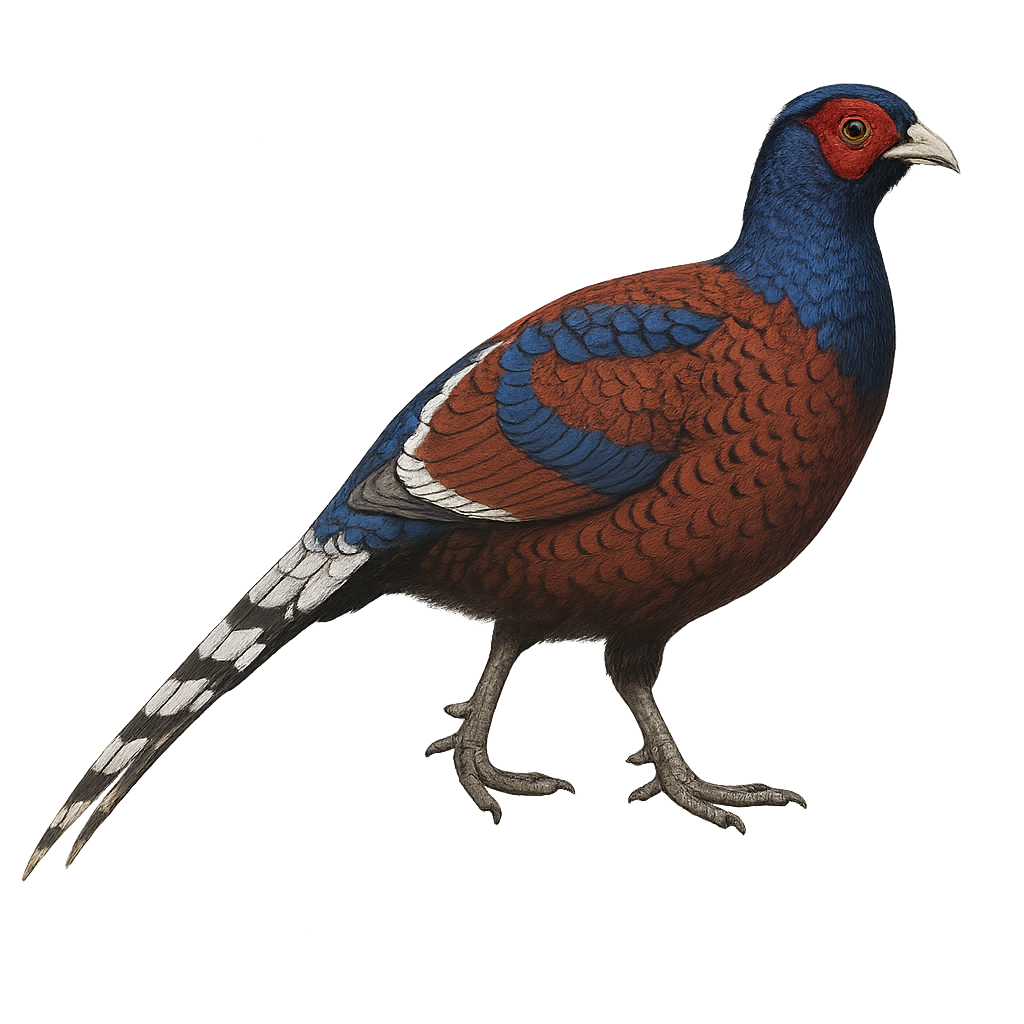Your wildlife photography guide.
Explore the hume's pheasant in detail, study its behavior, prepare your shots.
Where to observe and photograph the hume's pheasant in the wild
Learn where and when to spot the hume's pheasant in the wild, how to identify the species based on distinctive features, and what natural environments it inhabits. The WildlifePhotographer app offers tailored photography tips that reflect the hume's pheasant’s behavior, helping you capture better wildlife images. Explore the full species profile for key information including description, habitat, active periods, and approach techniques.
Hume's Pheasant
Scientific name: Syrmaticus humiae

IUCN Status: Near Threatened
Family: PHASIANIDAE
Group: Birds
Sensitivity to human approach: Shy
Minimum approach distance: 10 m
Courtship display: April to May
Incubation: 24-26 jours
Hatchings: April to June
Habitat:
oak forests, pine forests, mountainous areas
Activity period :
Primarily active during the day, with peak activity in the morning and late afternoon.
Identification and description:
The Hume's Pheasant, or Syrmaticus humiae, is an elegant and rare bird native to the mountainous forests of Southeast Asia, particularly in Myanmar, China, and India. This pheasant is distinguished by its striking plumage, featuring shades of brown, blue, and white, and a characteristic long tail. Males display more vibrant colors than females, who are more subdued. They primarily inhabit oak and pine forests, where they feed on seeds, fruits, and insects. The Hume's Pheasant is a shy and discreet species, often difficult to spot in its natural habitat. Its population is threatened by deforestation and hunting, making it a protected species.
Recommended lens:
400 mm – adjust based on distance, desired framing (portrait or habitat), and approach conditions.
Photography tips:
To photograph the Hume's Pheasant, it is advisable to use a telephoto lens of at least 400mm to capture detailed images without disturbing the bird. Find a quiet spot in oak or pine forests where these birds are often active. Be patient and discreet, as they are shy and may hide at the slightest alert. Use a tripod to stabilize your camera and wait for the right moment to capture the beauty of their colorful plumage.
The WildlifePhotographer App is coming soon!
Be the first to explore the best nature spots, track rutting seasons, log your observations, and observe more wildlife.
Already 1 431 wildlife lovers subscribed worldwide

